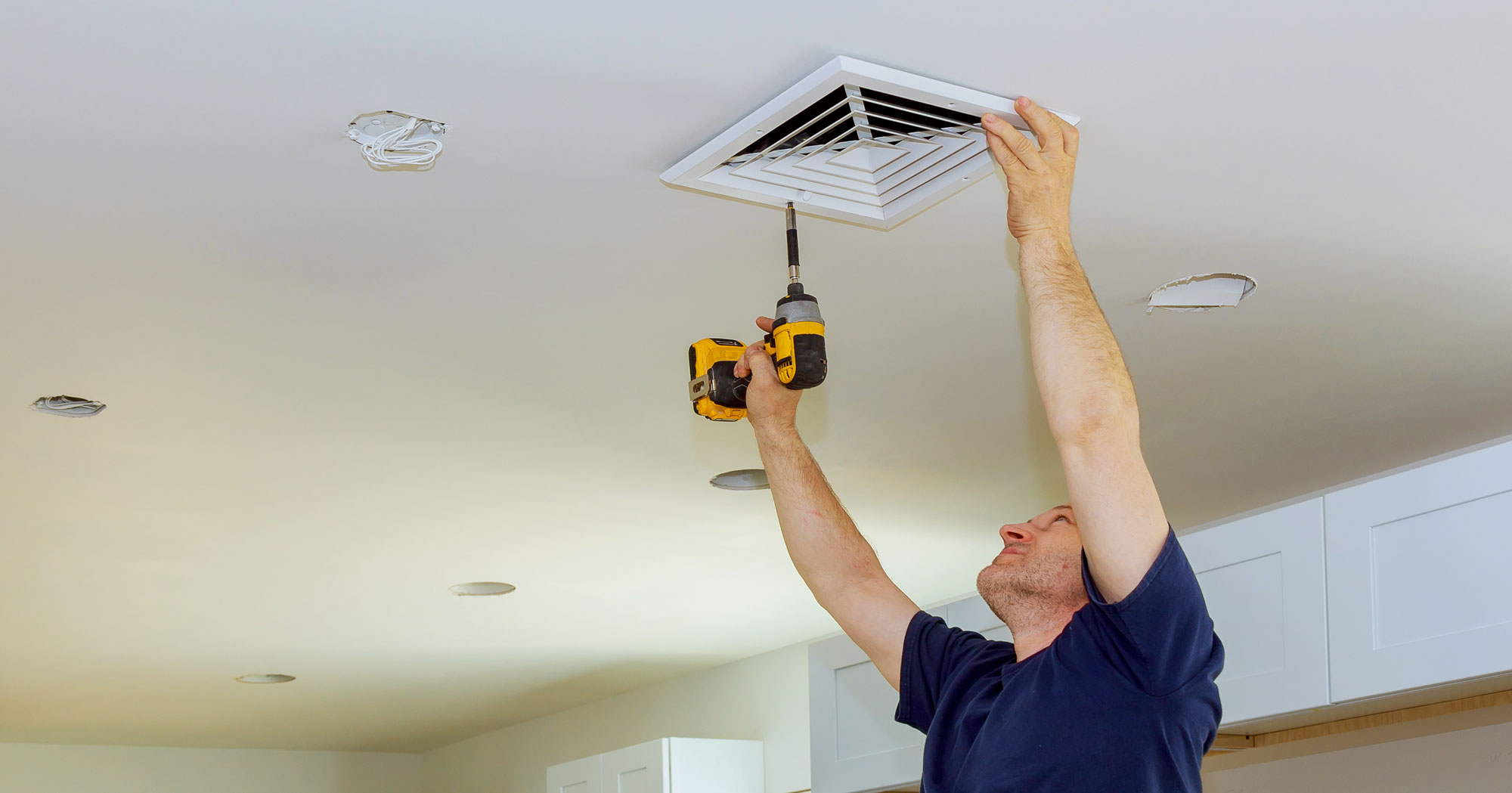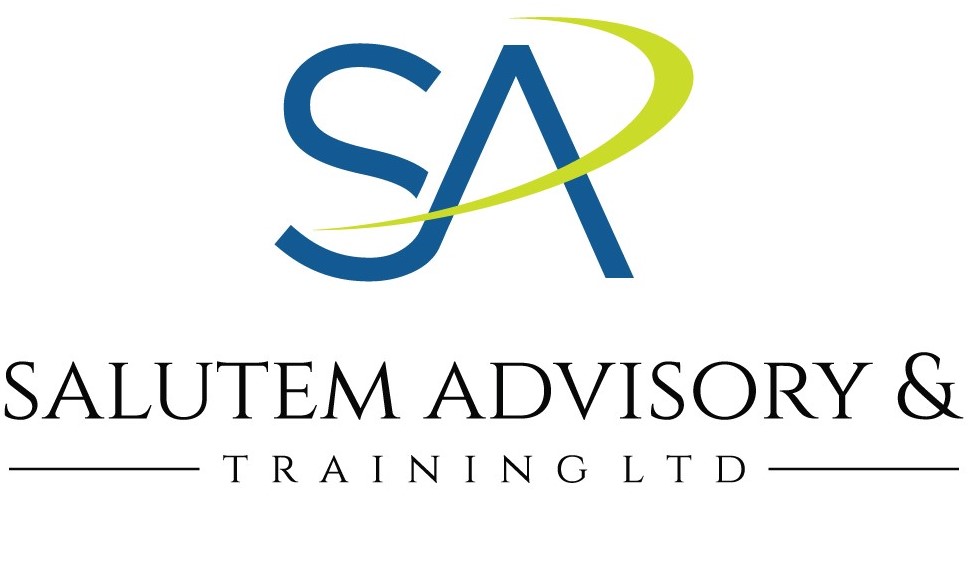
Code of Practice on Indoor Air Quality – Practical Steps for Workplace Clean Air
Indoor Air Quality (IAQ) has become a growing concern in recent years, especially in the wake of the global pandemic. To address this issue, the Health and Safety Authority (HSA) has released a ground-breaking Code of Practice (COP) for Indoor Air Quality. This blog will provide an overview of the practical steps outlined in the HSA’s COP to help employers ensure clean air in the workplace.
Assessment and Control of Indoor Air Quality:
Under the Safety, Health and Welfare at Work Act 2005, employers are required to conduct a risk assessment to determine the IAQ in their workplace. This involves identifying hazards, assessing risks, and implementing control measures to reduce harm. The same process can be applied to assess and control IAQ. It is crucial to consult and involve employees and safety representatives during the assessment to gain valuable insights and determine appropriate control measures.
Competence and IAQ Risk Assessment:
To ensure an accurate IAQ risk assessment, it is important to assign the task to a competent person based on the specific circumstances and complexity of the workplace. The competency level required will vary, ranging from in-house support for simple workplaces to external expertise for complex workplaces. Occupational hygienists or environmental scientists may be involved in complex settings. The COP highlights the need for expertise when necessary.
IAQ Control Measures:
Improving IAQ requires a comprehensive approach with short-term, medium-term, and longer-term actions. It is crucial to allocate responsibility and resources, document actions through risk assessments, and regularly monitor implemented control measures. Enhanced IAQ control measures may include increasing ventilation rates, implementing air filtration systems, and maintaining functional ventilation systems. Adherence to public health measures for infectious diseases is also important.
Information, Training, and Supervision:
Providing employees with information, training, instruction, and supervision is essential for effectively addressing IAQ. The results of the risk assessment should be shared with all employees, and control measures must be communicated and properly implemented. Training should cover the correct operation and maintenance of ventilation systems, and records should be maintained. Supervision ensures the proper use of control measures and prevents unnecessary adjustments.
IAQ Complaints Procedure and Investigation:
A well-established procedure should be in place to promptly investigate IAQ complaints raised by employees. Existing complaints procedures for health and safety concerns can be utilised, documenting the nature of the complaint and any reported signs and symptoms. Identifying the source of the issue is a priority, and specialist expertise may be required. Air sampling and analysis following recognized standards should be conducted.
Carbon Dioxide Monitors:
Carbon dioxide (CO2) monitors play a crucial role in monitoring and maintaining proper ventilation in indoor spaces. They measure CO2 levels and help assess the effectiveness of ventilation. CO2 monitors should be CE marked, use non-dispersive infrared (NDIR) technology, and have a measurement range of at least 2000 ppm. Regular calibration and proper placement of monitors are important for accurate readings.
The HSA’s Code of Practice on Indoor Air Quality provides practical guidance for employers to ensure clean air in the workplace. By conducting thorough risk assessments, involving competent individuals, implementing control measures, and addressing IAQ complaints promptly, employers can create a safe and healthy environment for their employees. Prioritising IAQ not only promotes well-being but also contributes to overall workplace safety and employee satisfaction.
At Salutem Training & Advisory, we prioritise the health and well-being of every individual. Recognizing that we spend a significant portion of our time at work, it becomes crucial to create a healthy work environment.
Take the necessary steps today to enhance the well-being of your employees and create a positive work environment. Remember, a healthier work environment leads to happier and more productive employees. Invest in the well-being of your workforce and reap the benefits of a thriving and successful workplace.
If you are seeking guidance and assistance in fostering a workplace that prioritizes the well-being of your employees, we are here to lend a helping hand.

